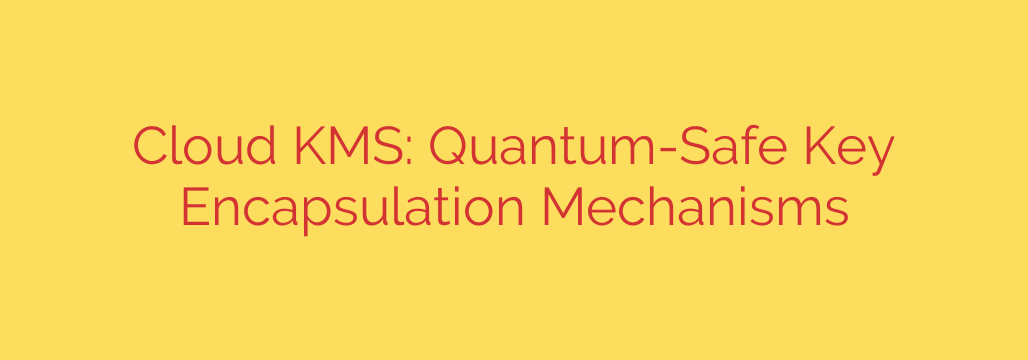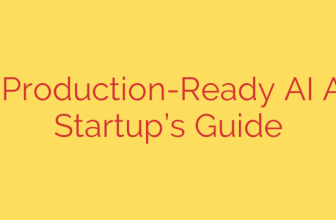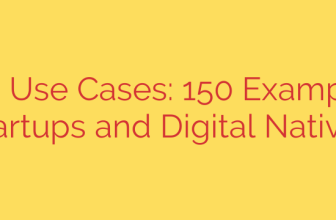
Securing Your Data for the Quantum Age: A Look at Hybrid Encryption
The data you encrypt today feels secure. But what if a new type of computer, decades from now, could unlock it in an instant? This isn’t science fiction; it’s the reality of the threat posed by quantum computing. A new strategy is emerging to protect sensitive information for the long term, and it’s a critical development for any organization serious about data security.
The core of the problem lies in a concept known as “harvest now, decrypt later.” Malicious actors can steal and store massive amounts of encrypted data today, betting that the future development of powerful quantum computers will give them the key to unlock it all. For government secrets, intellectual property, financial records, and personal health information, the consequences would be catastrophic.
The Looming Quantum Threat to Encryption
Today’s most common encryption methods, particularly asymmetric cryptography like RSA and Elliptic Curve Cryptography (ECC), rely on mathematical problems that are incredibly difficult for classical computers to solve. These methods are the backbone of secure communication, protecting everything from online banking to private messages.
However, quantum computers operate on entirely different principles. An algorithm known as Shor’s algorithm, when run on a sufficiently powerful quantum machine, will be able to solve these mathematical problems with alarming speed, rendering much of our current encryption obsolete. While these quantum computers don’t exist at scale yet, the race to build them is on, and security experts must prepare for their arrival.
The Solution: A Hybrid Approach to Post-Quantum Cryptography
To counter this future threat, cryptographers have been developing a new generation of algorithms known as Post-Quantum Cryptography (PQC). These algorithms are designed to be secure against attacks from both classical and quantum computers.
The leading strategy for implementing PQC today is a hybrid approach. Instead of completely replacing today’s trusted encryption with brand-new, less-tested algorithms, a hybrid scheme combines the best of both worlds.
Here’s how it works:
- A Classic Algorithm: It uses a well-established, thoroughly vetted algorithm (like the Elliptic-Curve Diffie-Hellman, or ECDH) that we know is secure against all of today’s computers.
- A Post-Quantum Algorithm: It simultaneously uses a new, quantum-resistant algorithm. A leading candidate, standardized by the U.S. National Institute of Standards and Technology (NIST), is CRYSTALS-Kyber.
By using both, you create a dual layer of protection. To break the encryption, an attacker would need to defeat both the classic and the quantum-resistant algorithm. This approach ensures security against current threats while providing a robust defense against the quantum computers of the future. Even if a flaw were discovered in the new PQC algorithm, the classic algorithm would still keep the data safe.
How Quantum-Safe Key Encapsulation Works
This hybrid protection is often implemented using a Key Encapsulation Mechanism (KEM). A KEM is a technique for securely establishing a shared secret key between two parties, which can then be used to encrypt data.
In a hybrid KEM setup, two separate secret keys are generated—one using the classic algorithm and one using the PQC algorithm. These two secrets are then combined (often by concatenating them) to create a single, stronger shared secret key. This combined key inherits the security properties of both its components, making it resistant to both conventional and quantum attacks.
Actionable Security Steps for Your Organization
The transition to post-quantum cryptography will not happen overnight. Organizations managing sensitive data with a long lifespan must start planning now.
- Inventory Your Cryptography: Understand where and how encryption is used across your organization. Identify the systems that rely on public-key cryptography that will be vulnerable to quantum attacks.
- Assess Your Data’s Lifespan: Determine how long your data needs to remain secure. If you are storing information that must remain confidential for decades, you are a prime candidate for early adoption of PQC.
- Plan for a Crypto-Agile Future: Build systems that can be updated with new cryptographic standards as they become finalized. Avoid hard-coding specific algorithms into your applications.
- Adopt Hybrid Schemes When Available: As cloud providers and software vendors begin offering PQC-hybrid options, start incorporating them into your most critical applications. This is especially important for Key Management Services (KMS) where your most vital encryption keys are handled.
The quantum era of computing is approaching, and it brings with it a paradigm shift for data security. By understanding the threat and taking proactive steps to adopt hybrid, quantum-resistant encryption, you can ensure that your most valuable data remains secure today and for decades to come.
Source: https://cloud.google.com/blog/products/identity-security/announcing-quantum-safe-key-encapsulation-mechanisms-in-cloud-kms/








